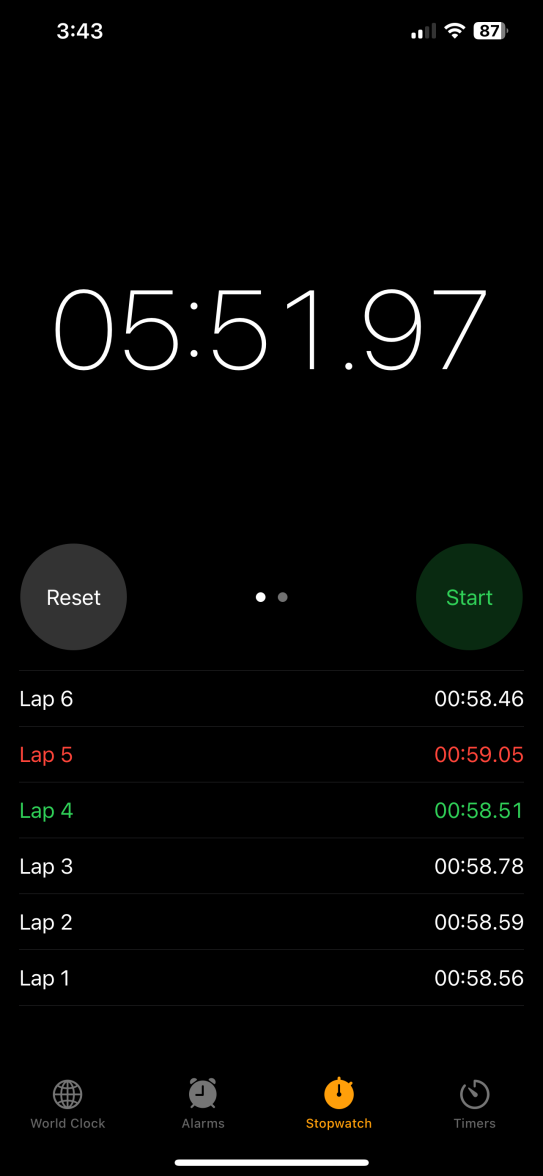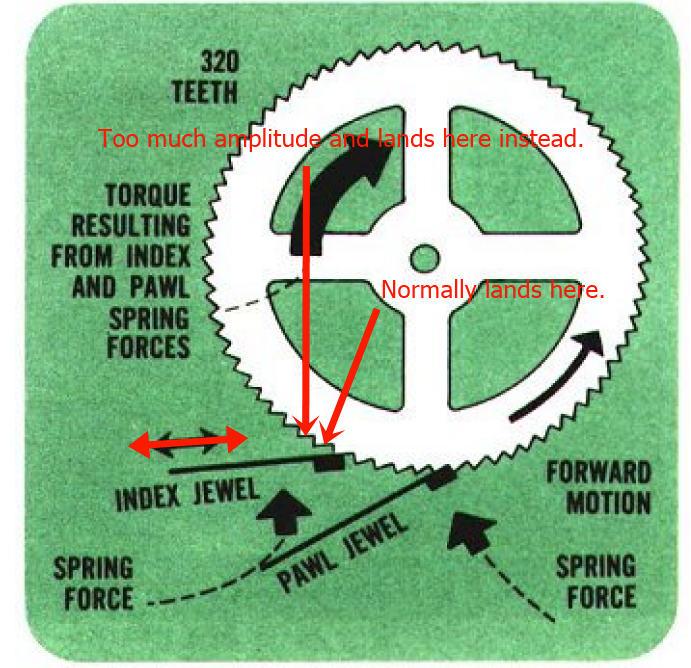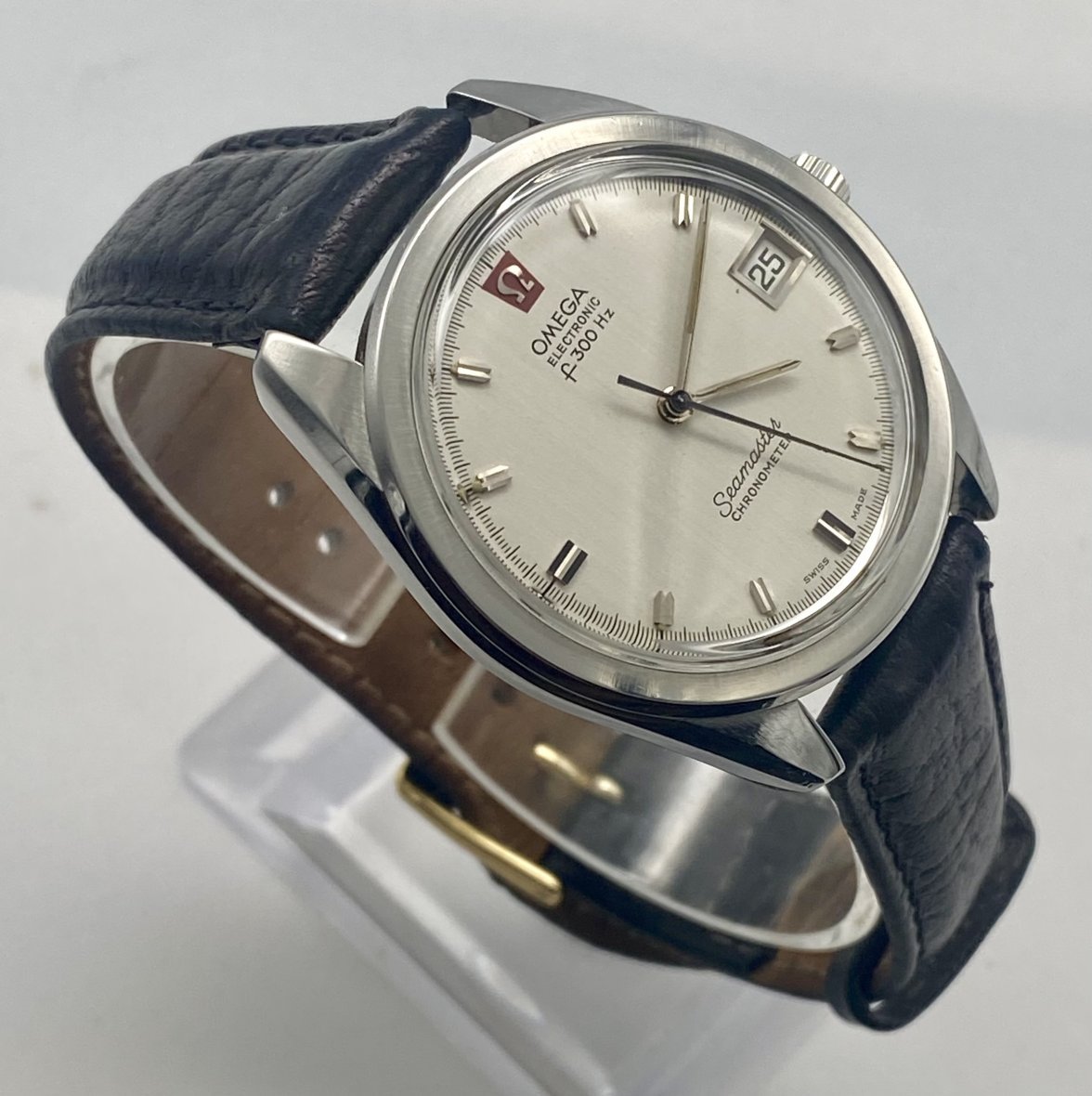ScrewDropper
·I have just finished putting back together a f300hz which had the main issue of a dead transistor assembly. I replace the part from a donor Tissot. Having confirmed the watch was running, I proceeded to service it and the put it back together. I focussed on the movement and was very careful not to interfere with the two levers that drive the movement from the tuning fork. (Not sure what these are called). The watch seemed fine although I don’t have a method of timing the watch other than visually. ( am pretty sure my timegrapher is not going to cut it!)
I timed the watch for an hour and it seems to gain about a minute+. I left if for about 13 hours and it is running around 15 minutes fast. I then decided to give it a stopwatch test, as the variance appeared to be large enough to detect it this way. Sure enough, testing via a stopwatch with a lap timer showed a significant gain with a 6 minute test completing in 5 minutes no 51 seconds. (See attached images, which included lap times by eye (the 5th one was definitely slow due to me losing concentration), allowing for reaction times, it looks pretty consistent.
My understanding of this movement is that the timing adjustment is via two dials at the foot of the using fork but, from what I have read, each increment is only a second, which is not going to be anything like enough and, regardless, this variance suggests something seriously wrong.
I checked the battery and it seems to be the correct one from what I have read is correct, a Renata 344. One more thing to note is that I replaced both electronic units from the donor.
So I am now a bit stuck. Any advice or pointers to where I can find additional information would be very much appreciated.
I timed the watch for an hour and it seems to gain about a minute+. I left if for about 13 hours and it is running around 15 minutes fast. I then decided to give it a stopwatch test, as the variance appeared to be large enough to detect it this way. Sure enough, testing via a stopwatch with a lap timer showed a significant gain with a 6 minute test completing in 5 minutes no 51 seconds. (See attached images, which included lap times by eye (the 5th one was definitely slow due to me losing concentration), allowing for reaction times, it looks pretty consistent.
My understanding of this movement is that the timing adjustment is via two dials at the foot of the using fork but, from what I have read, each increment is only a second, which is not going to be anything like enough and, regardless, this variance suggests something seriously wrong.
I checked the battery and it seems to be the correct one from what I have read is correct, a Renata 344. One more thing to note is that I replaced both electronic units from the donor.
So I am now a bit stuck. Any advice or pointers to where I can find additional information would be very much appreciated.



